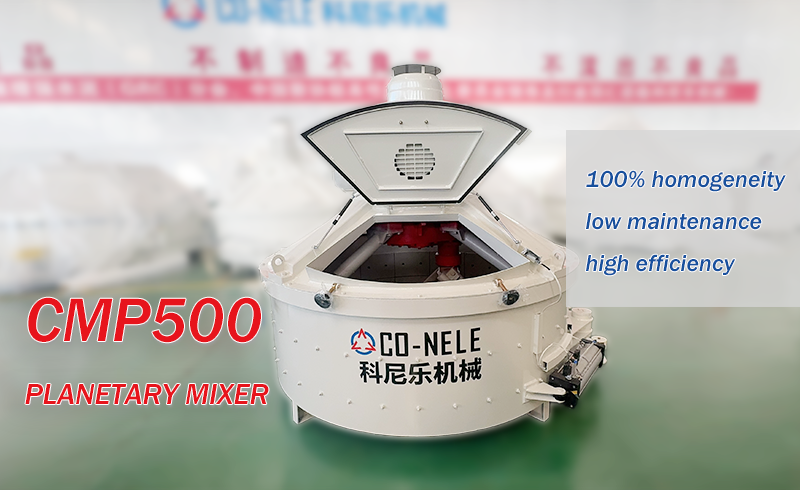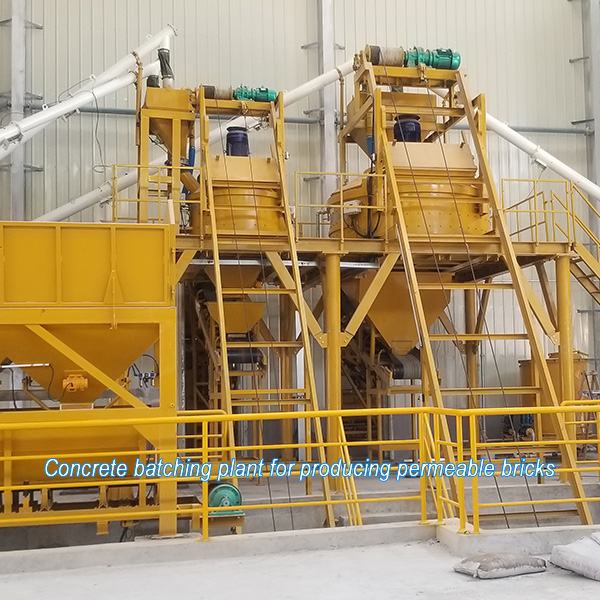Planetary mixers are ideal for producing paving bricks, due to their high mixing efficiency, uniform texture, and ability to handle hard concrete or clay mixtures. Here is a guide to choosing and using planetary mixers for paving bricks:
1. Why choose a planetary mixer for paving bricks?
High mixing efficiency: Planetary motion ensures that cement, sand, aggregates and pigments are thoroughly mixed.
Uniform texture: Key to producing high-quality, durable paving bricks.
Handles hard mixtures: Ideal for semi-dry concrete or clay mixtures used in brick production.
Short mixing cycle: Reduces production time.
Low maintenance cost: Robust construction for heavy-duty work.
2. Key features for choosing a planetary mixer
Capacity: Choose according to production volume (e.g. 300 liters, 500 liters, 750 liters or 1000 liters).
Mixing power: Single motor, guaranteed synchronization of transmission (e.g. 15KW-45kw), suitable for dense paving brick mixtures.
Mixing tools: Heavy-duty blades for abrasive materials.
Discharge system: Hydraulic or pneumatic bottom discharge for easy unloading.
Durability: Steel construction with wear-resistant lining.
Automation options: Timer-controlled mixing to ensure consistency.

3. Recommended mixing process for paving bricks
Raw materials:
Cement
Sand
Crushed stone/aggregate
Water (for semi-dry concrete)
Pigments (if colored bricks are required)
Optional: Fiber reinforcement for strength
Mixing steps:
Dry mixing: First mix cement, sand and aggregate.
Wet mixing: Gradually add water until a uniform semi-dry consistency is achieved.
Discharge: Pour the mixture into brick molds or automatic brick making machines.
Curing: After forming, the bricks are cured under controlled humidity and temperature.
CO-NEE Top Planetary Mixer Brand for Paving Brick Production
4. Paving Brick Alternative Mixer
Pan Mixer: Similar to Planetary Mixer, but with different blade configuration.
Paddle Mixer: Suitable for Clay Bricks.
Forced Mixer: Ensures that the material does not stick.
Post time: Apr-15-2025

